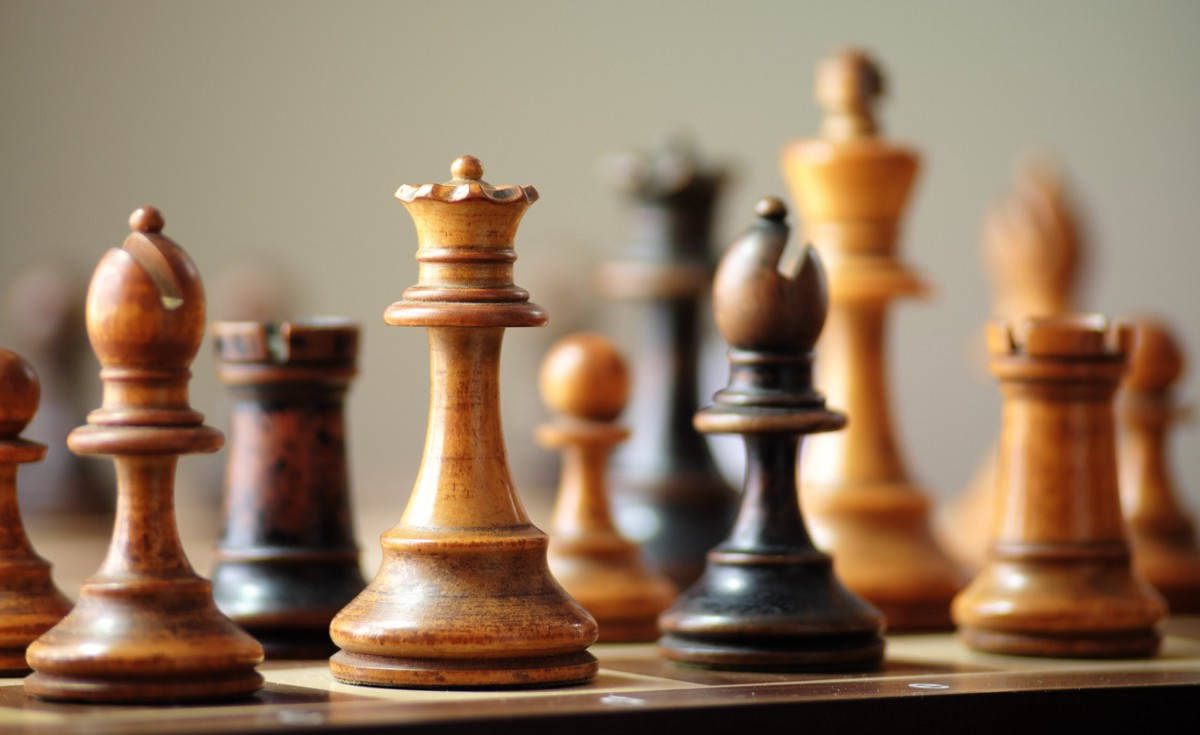This week was mostly focused on the fabrication of the physical board tiles and pieces. I started designing the pieces from scratch, however Mukundh found existing 3D models and took over the work on Rhino. I designed a test board that has a 2×2 tile design to represent the black and white tiles( see attached picture). There was delay in the arrival of the hall effect sensors because we had to order new ones, so the unit testing that I wanted to do this week, didn’t get done. I have begun setting up the circuit for the PCB, need to call AutoDesk to ask for the correct library for the hall effect sensor.
This coming week I hope to finish 3D printing all the pieces for the board that we need for testing and finalizing the dimensions and design for the tiles and chess pieces. Once the hall effect sensors arrive, I plan on working with Mukundh to do the unit testing and finish designing the row PCB, in order to send it for fabrication. I also hope to get the micro SD for the Raspberry Pi, in order to set up the OS and connect it to our WebApp.





